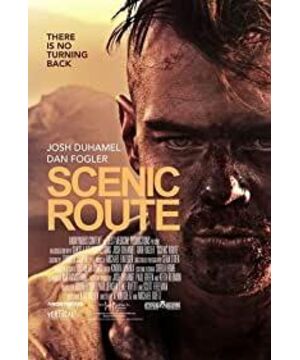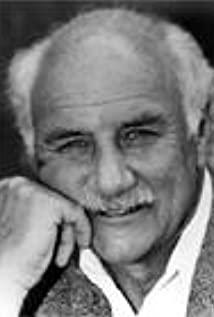1. While setting the starting environment, state the final goal. (In the desert at the beginning, the ultimate goal is to be rescued)
2. Choices and twists and turns in the middle. That is to say, the development of the plot is not driven by solving a single tiny question, but is an attempt to solve the final problem. (Wait on the road or walk to find it)
3. Connect with things that have or will happen outside of time and space. Because the plot inevitably requires expansion, in survival-type movies, this technique is mainly used to evoke themes, such as human nature, the value of life, and the meaning of life. In other types of road films, while evoking the theme, it also has the effect of perfecting the character, such as answering why he is here and why he is going there. (Skinny man's extramarital affairs)
Personal feelings:
1. Hppay Ending is too heavy, so that the ending is a little lacking in taste. This illusion of rescue may be more effective in the process of survival, it seems to be used after 127 hours .
2. The final climax does not reveal anything, or the theme of the film itself is too obvious. If it is said that the film is "against" the midlife crisis and the meaning of life, I think there is no gesture to this except teasing Criticisms are self-defeating 800, because you lose a lot in choosing the taste of "enemy", mid-life crisis and stereotyped life do not need 89 minutes of criticism to wake people up, a 15-word joke is enough enough.
3. In a word of conscience, I thought I glanced at the progress bar when I saw Ending, and found that I was a little surprised when there were ten minutes left. I thought Fatty would commit suicide.
View more about Scenic Route reviews











